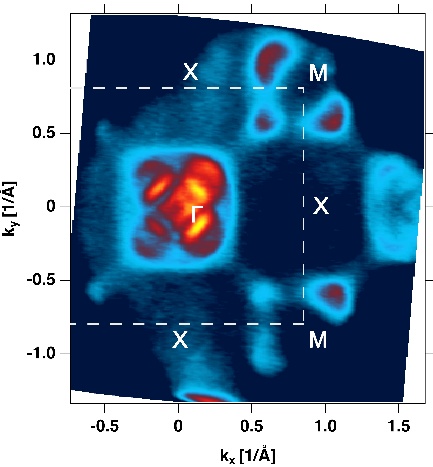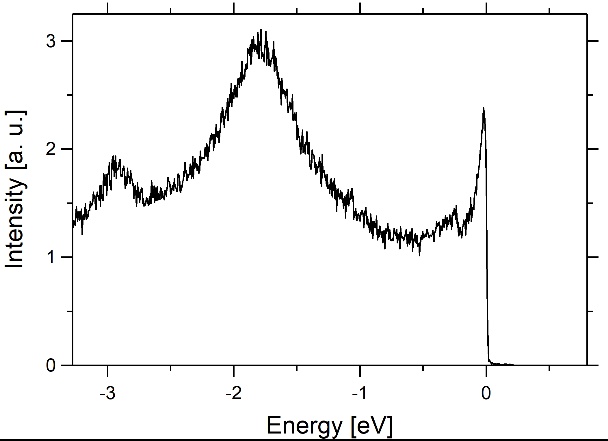Electronic Structure of Strongly Correlated Materials
|
We study band structure and Fermi surfaces of different interesting materials. Details of electronic structure are used to explain novel and exotic phenomena discovered in condensed matter physics. The scientists working in the group are: dr. hab. Paweł Starowicz (group leader), dr. Bogusław Penc, dr. Rafał Kurleto, and MSc. Marcin Rosums. |
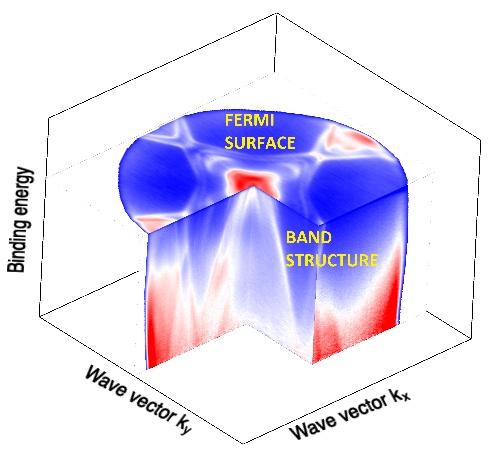 |
Laboratory and experimental methods
The materials are investigated in the ultra-high vacuum system shown in the photo. It consists of 6 vacuum chambers, which are dedicated to sample preparation and photoemission studies. The used experimental techniques are angle-resolved photoemission spectroscopy (ARPES), ultraviolet photoemission spectroscopy (UPS), X-ray photoemission spectroscopy (XPS), low-energy electron diffraction and Auger spectroscopy. A sample can be cooled down to 12 K.
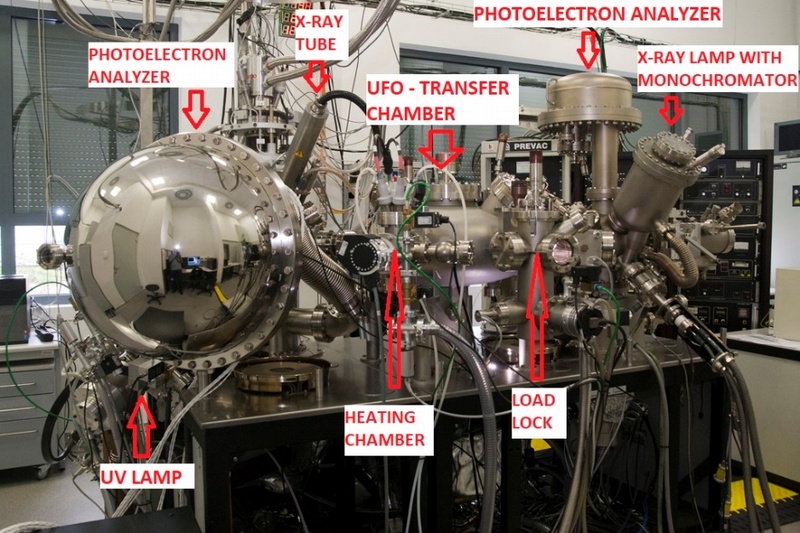
Studies of novel superconductors
|
High temperature superconductors and unconventional superconductors are one of the most interesting systems in contemporary condensed matter physics. Real mechanisms of superconductivity are still a matter of debate. ARPES studies of these materials can deliver information on band structure topology, symmetry of a superconducting gap and electron interactions. Such knowledge is important for a formulation and verification of new theories. We study iron chalcogenides and pnictides from Fe-11 and Fe-122 families. Right: Fermi surface Fe-122 superconducting pnictide |
|
Topologically non-trivial materials
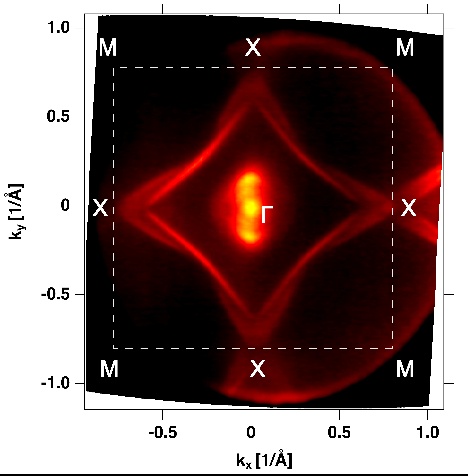 |
New topologically non-trivial phases constitute a new quantum state of matter. Therefore, this is probably the hottest topic of a solid state physics. The subject of our interests are novel topological insulators, Weyl semimetals, Dirac semimetals and node-line semimetals. ARPES method is applied to map band structure, which is used together with ab-initio calculations to find signatures of topologically non-trivial states in band structure. Left: Fermi surface new Dirac semimetal |
Heavy-fermion systems
|
f-electrons, which are hybridized with conduction band, can gain the effective mass ~100 or ~1000 times higher than free electron mass. Some compounds from the family of heavy-fermion systems exhibit also unconventional superconductivity or quantum critical properties. These materials often yield a high intensity peak near the Fermi energy (zero binding energy) measured in photoemission spectroscopy. This structure is called a Kondo resonance in some cases. Our studies concentrate on a behaviour of f-electrons in order to describe and understand fascinating phenomena, which have been observed in this class of materials. Right: high intensity f-electron peak near Fermi energy in photoemission spectra of Ce2Co0.8Si3.2 |
|

